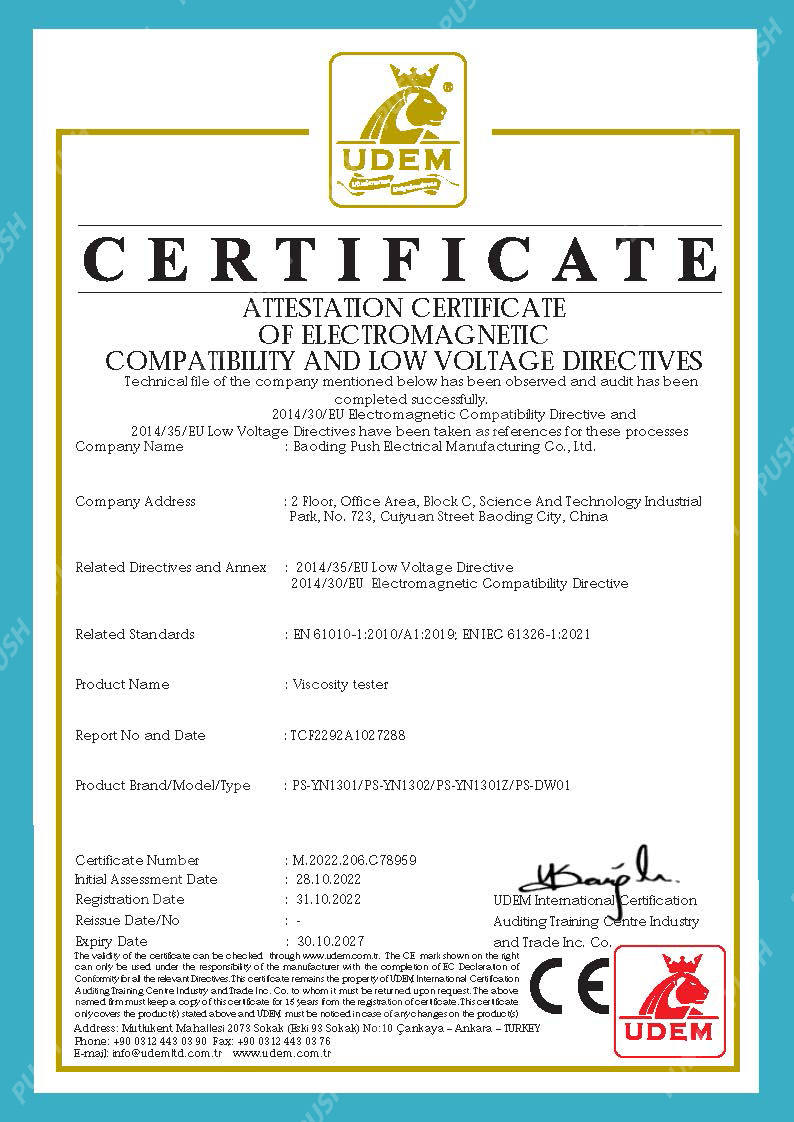 English
English


Analysis of Oil Composition Through Breakdown Testing Methods and Techniques
Understanding the Oil Breakdown Test An Essential Tool in Lubrication Management
In the world of mechanical engineering and maintenance, the performance and longevity of machinery largely depend on the lubrication systems employed. Oil plays a critical role in reducing friction, dissipating heat, and preventing wear and tear on moving parts. However, understanding the condition and effectiveness of lubricating oil over time is essential for optimal equipment performance. This is where the oil breakdown test comes into play, serving as a vital tool for any maintenance program.
What is an Oil Breakdown Test?
The oil breakdown test is a diagnostic procedure that assesses the condition and performance of lubricating oil. It primarily measures the oil's ability to withstand heat and mechanical stress without breaking down. This breakdown can lead to the formation of sludge, varnish, or other harmful deposits that could hinder the oil's performance, ultimately resulting in equipment failure. The test evaluates various properties of the oil, such as viscosity, acidity, and the presence of contaminants, to determine its suitability for continued use.
Importance of the Oil Breakdown Test
1. Preventive Maintenance By regularly conducting oil breakdown tests, maintenance teams can predict potential issues before they escalate into costly repairs or downtime. Establishing a routine testing schedule can help identify when oil needs to be changed or treated, thereby extending the life of the machinery.
oil breakdown test

2. Performance Evaluation The oil breakdown test provides valuable insights into how well the lubricating oil is performing in its operating environment. Changes in viscosity, acidity, and the presence of wear metals can indicate whether an oil is still effectively protecting the machinery.
3. Contamination Detection Oils can be contaminated by water, dirt, or metal particles from wear. The oil breakdown test helps identify the type and extent of contamination, allowing for appropriate corrective measures. Ignoring contamination can lead to significant operational issues, including decreased efficiency and increased wear.
4. Benchmarking and Comparisons For organizations that operate multiple machines or use different suppliers for lubricating oils, the oil breakdown test can serve as a benchmarking tool. It allows for comparisons among different oils and formulations, assisting in making informed decisions about which products to use for specific applications.
5. Environmental and Economic Benefits Getting the most out of lubricating oils through effective testing and management not only minimizes waste but also reduces environmental impact. By extending oil life and optimizing lubricant use, companies can save on costs associated with frequent oil changes and disposal.
Conclusion
The oil breakdown test is a cornerstone of effective lubrication management and machine maintenance. By understanding the condition of lubricating oils, businesses can preemptively address issues, enhance equipment performance, and ensure smoother operations. In a landscape where efficiency and reliability are paramount, embracing routine oil testing should be a priority for any organization that heavily relies on mechanical systems. Not only does this testing facilitate better decision-making regarding oil usage, but it also fosters a culture of maintenance that ultimately leads to reduced operating costs and improved equipment reliability.
-
Differences between open cup flash point tester and closed cup flash point testerNewsOct.31,2024
-
The Reliable Load Tap ChangerNewsOct.23,2024
-
The Essential Guide to Hipot TestersNewsOct.23,2024
-
The Digital Insulation TesterNewsOct.23,2024
-
The Best Earth Loop Impedance Tester for SaleNewsOct.23,2024
-
Tan Delta Tester--The Essential Tool for Electrical Insulation TestingNewsOct.23,2024





